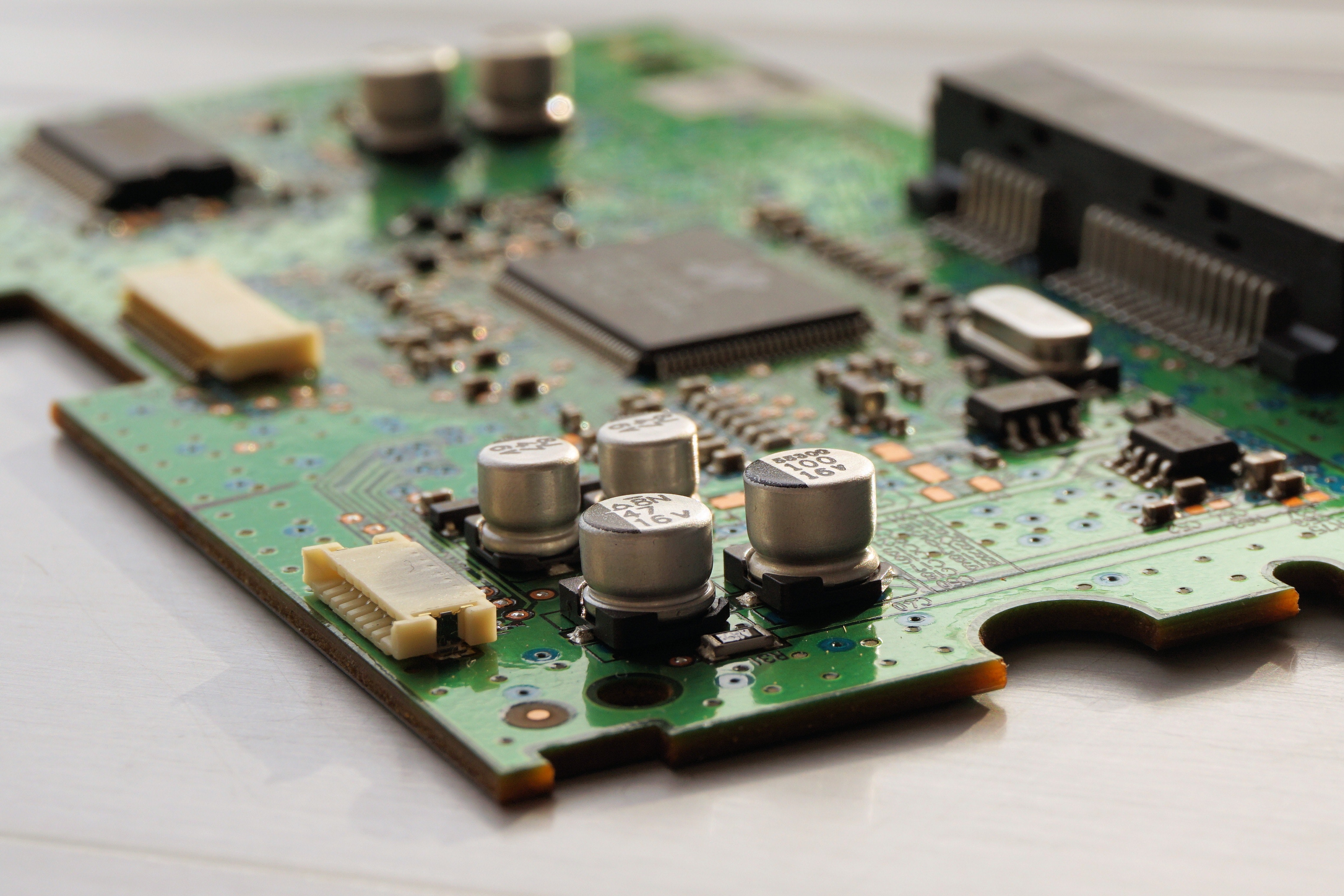Spherical silica(SiO2) is the best choice for semiconductor packaging and CCL fillers!!
Micro/nano spherical silica can reduce the difference in thermal expansion coefficient between resin and silicon chips, making it the best choice for encapsulation materials and copper foil substrate fillers!!
Kelly Chemical offers various high-spec micro/nano spherical silica materials, effectively enhancing the added value of products.


| Product Models | Primary Particle Size/D50 | Purity |
|---|---|---|
| FAA-0500 | 50nm | >99.9% |
| FAA-2000 | 200nm | >99.9% |
| FAA-5000 | 500nm | >99.9% |
| FAA-004U0 | 4-5µm | >99.9% |
| FAA-007U0 | 6-9µm | >99.9% |
With the advancement of technology, the performance of microelectronic components continues to improve, leading to increasingly higher requirements for packaging technology and packaging materials. Spherical silica, due to its superior properties compared to other types of quartz powder, is gradually being applied in the production of large-scale and ultra-large-scale integrated circuits, playing an increasingly important role in the field of electronic information technology. The main applications are as follows:
1.Electronic packaging-
Spherical silica, as a filler, can greatly improve the rigidity, wear resistance, weather resistance, impact resistance, compression resistance, tensile strength, flame resistance, good arc insulation properties, and resistance to ultraviolet radiation of products. The epoxy resin encapsulant filled with spherical silica has a low thermal conductivity and low coefficient of thermal expansion (CTE). The filling rate can reach 90%, making it an ideal substrate material and encapsulation material for large-scale and ultra-large-scale integrated circuits.
Moreover, Mold Underfill (MUF), which combines sealing and chip protection functions, is used as a bottom filling material. It covers between the IC and the substrate. Adopting MUF for chip encapsulation is a sealing process and a bottom filling material for one-time packaging. Since it needs to uniformly fill narrow gaps, MUF mainly uses finer powder fillers (≤10 μm). With the evolution of semiconductor processes and the trend of shrinking component sizes, the delay effect of resistance-capacitance in chips will become more pronounced. The low dielectric constant of spherical silica (dk 3.8~4) is also one of the most important features. It can reduce the narrowing of wire spacing, and the delay effect of bound charge during charge or signal transmission (capacitive effect), thereby reducing the performance of chips.
2.Copper foil substrate-
There are many materials related to the manufacture of copper foil substrates, and the most common ones are resins, copper foils, and fiberglass cloth. In recent years, fillers as an additive material for copper foil substrate products have become increasingly important, becoming the fourth main material of copper foil substrates. With the requirements of lead-free compatibility and halogen-free, flame-retardant, and heat-resistant inorganic fillers such as aluminum hydroxide and silica are gradually being applied in copper foil substrates. Spherical silica, due to its high electrical insulation, high thermal stability, acid and alkali resistance, and abrasion resistance, can significantly improve the mechanical, thermal, and electrical properties of copper foil substrates when used as a functional filler. It can also increase compatibility with epoxy resins through surface treatment or modification, enhance the bonding strength between them, and improve product rigidity and other strengths.
3.Fiber optic communication-
Fiber optic communication is a modern communication method that provides high-capacity, high-speed, and high-quality communication services. The main component of optical fiber used in fiber optic communication is optical fiber. Spherical silica has unique properties such as smooth surface, large specific surface area, high hardness, stable chemical properties, low thermal expansion coefficient, good rollability, and excellent mechanical properties. With the rapid development of the microelectronics industry, not only is it required to be ultra-fine, high-purity, and low-radioactive element content, especially the spherical shape requirement. Spherical silica has become an ideal raw material for manufacturing optical fibers due to its low dielectric constant, high heat resistance, high moisture resistance, high filling rate, low expansion, low stress, low impurities, and low friction coefficient.
Spherical silica produced by the sol-gel method has high sphericity and a single particle size distribution. When used in resin systems, it can improve the fracture toughness of finished products, reduce the coefficient of thermal expansion (CTE), increase the strength modulus shear strength of carbon fiber-reinforced polymer (CFRP), and improve system flowability.
#SphericalSilica #LowCTE #HighFillingRatio #GoodFlowability #ElectronicEncapsulationFiller #LowDielectricConstant
CONTACT US
Kelly Chemical Corporation
Electronics
TEL:(02)2762-1985 ext 11200
Online Message
Leave your contact information,
and we will get in touch with you soon.
Email Consultation
After receiving your email,
we will process it as soon as possible.send Email